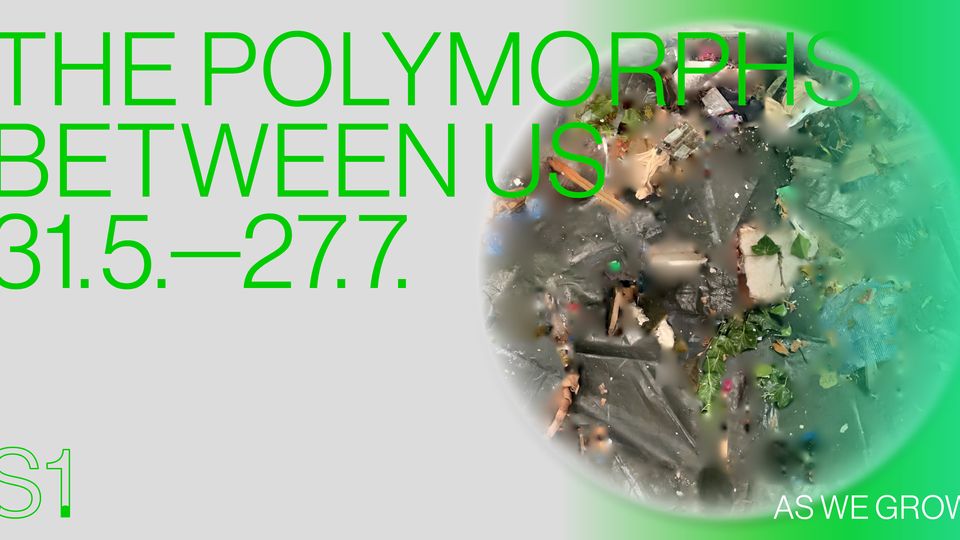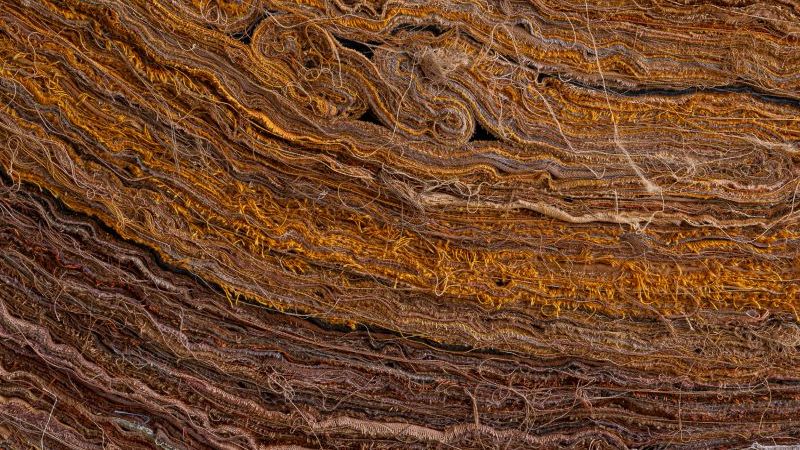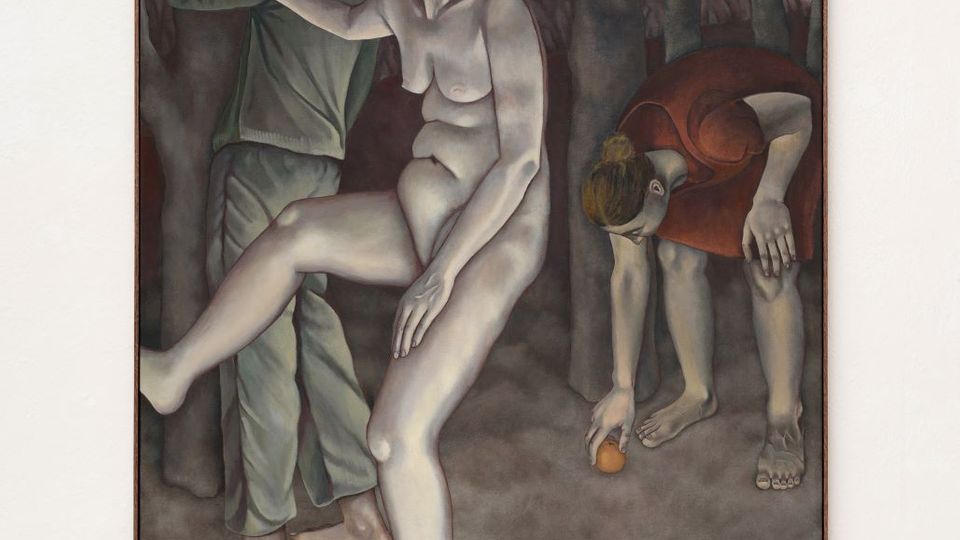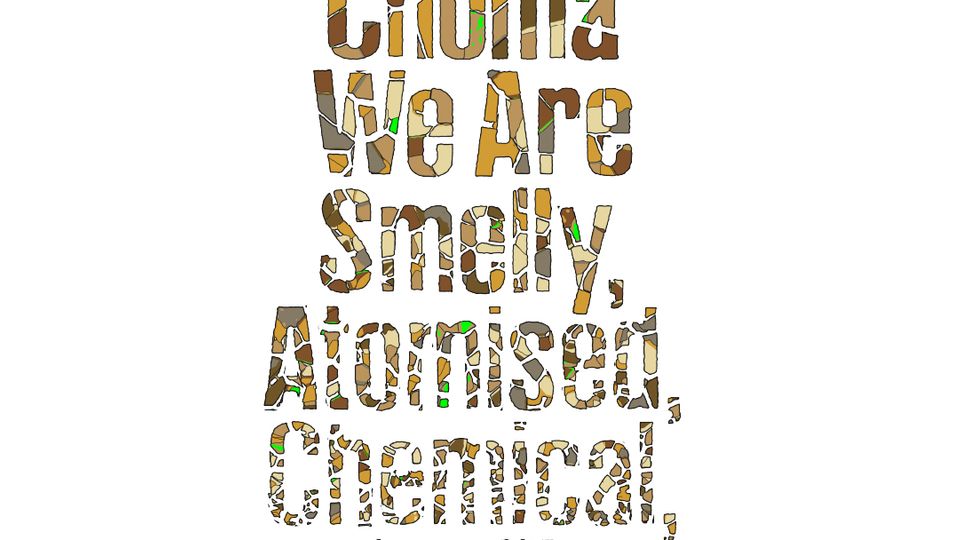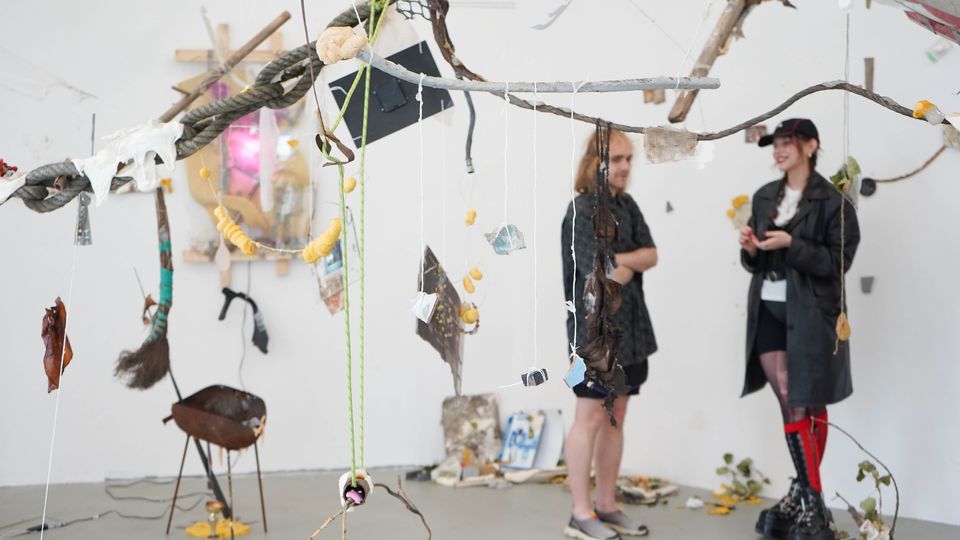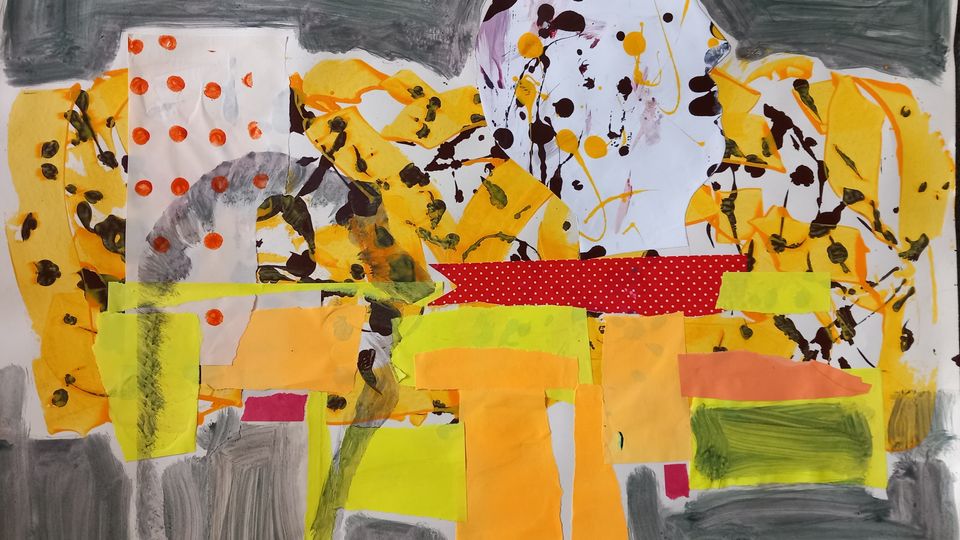The 1840s: Transformations in Reprographics
24. 4. 2024
Přednášky a diskuze
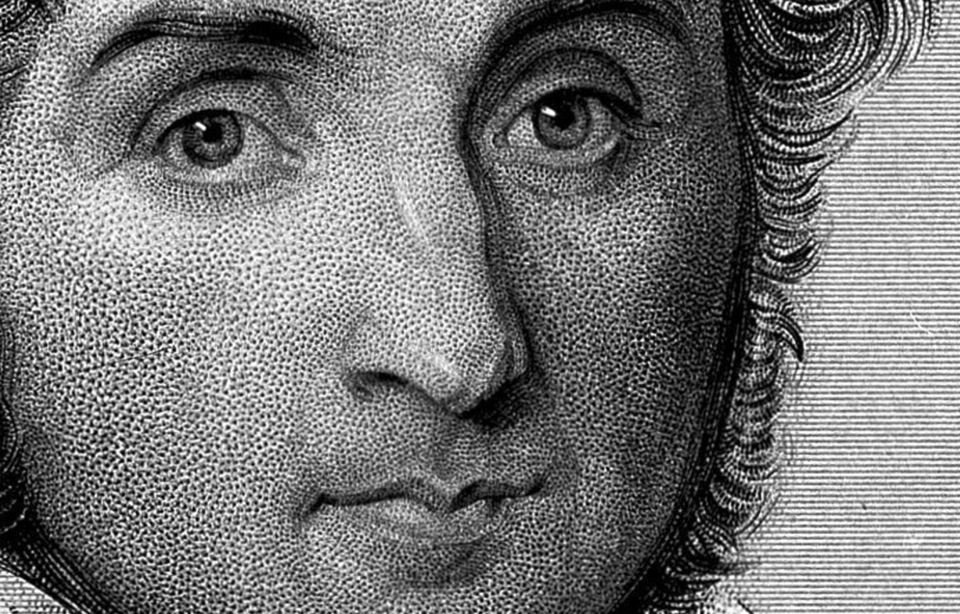
Zveme na další přednášku z cyklu Collegium historiae artium, kterou přednese Anthony Hamber (independent photographic historian, London) na téma The 1840s: Transformations in Reprographics.
In January 1839, when the photographic processes of Daguerre and Talbot were announced, there was an existing, mature, and extensive printing and reprographics industry in all industrialised countries. The most significant printing process was that of lithography. Almost immediately there was a wave of experimentation in developing a photomechanical process. Those experimenters were primarily scientists and did not form part of the existing reprographics industries. Photographic historians have tended to repeat the same list of experimenters, primarily from France, Austria, and the United Kingdom. Emerging evidence suggests that during the 1840s – described as a comparative “gap” in scholarly research – photomechanical experimentation was in fact more widespread. This paper examines the speed of the distribution of news of Daguerre’s and Talbot’s processes and discusses a number of the photomechanical experiments that followed. A key consideration examined is why the contemporary printing and reprographics industries did not adopt photography during the 1840s to develop commercial photomechanical processes and accompanying services. A short case study underlines how one individual, with much experience in transfer lithography, played a crucial role in the late 1850s in the development of photozincography at the UK’s national cartographic agency (Ordnance Survey).
místo konání: zasedací místnost (sál 117) Ústavu dějin umění AV ČR
Přednášku bude možné sledovat také online prostřednictvím platformy Zoom. Pro zaslání linku pište na masterova@udu.cas.cz.

